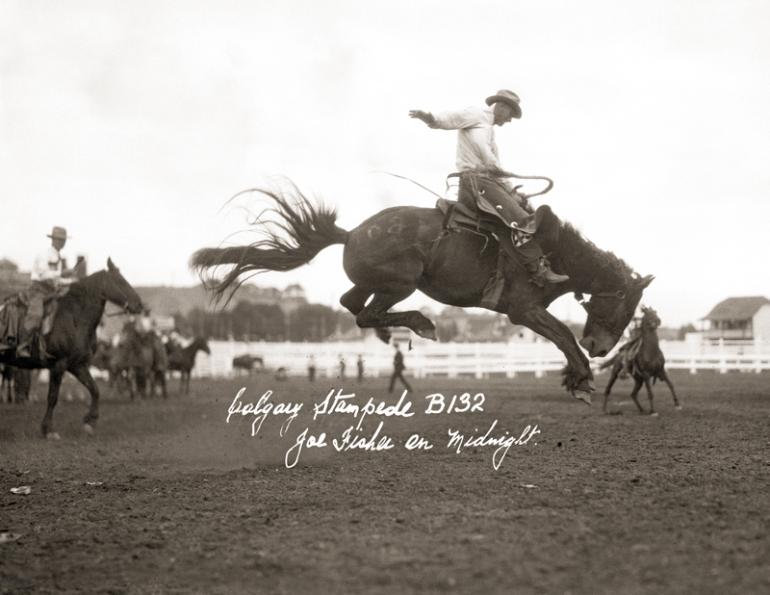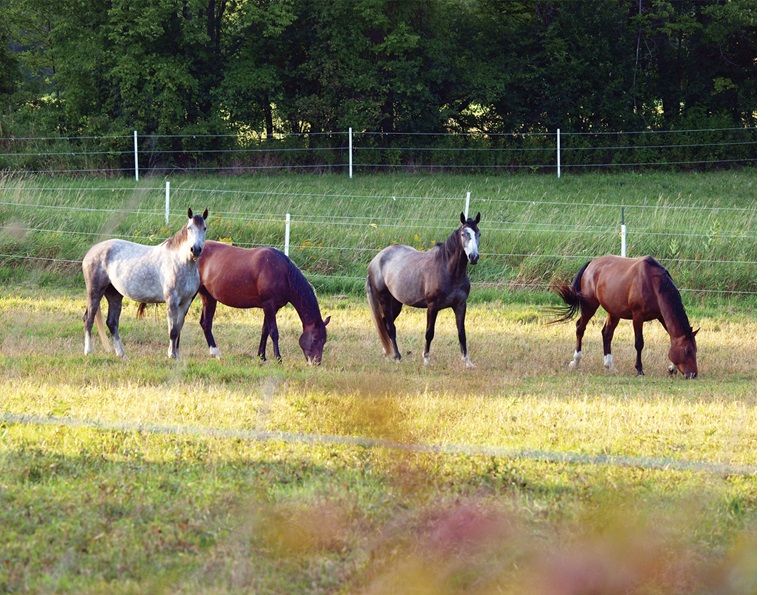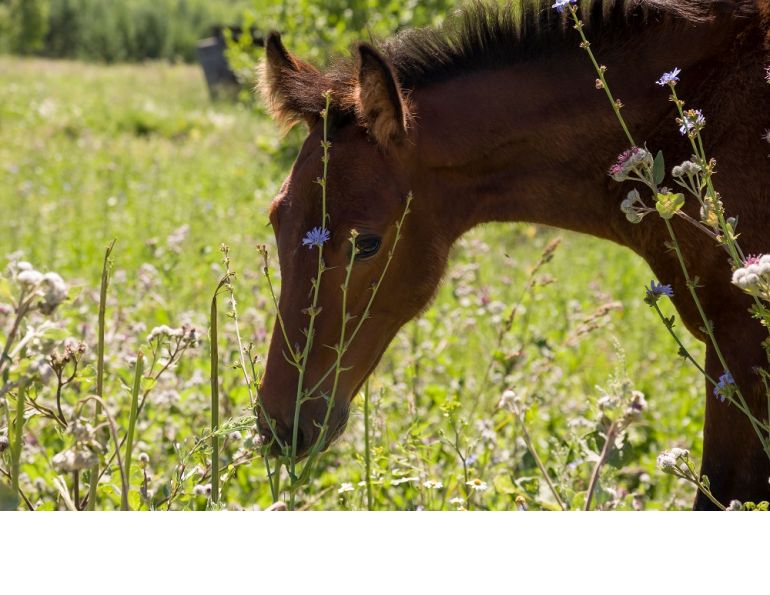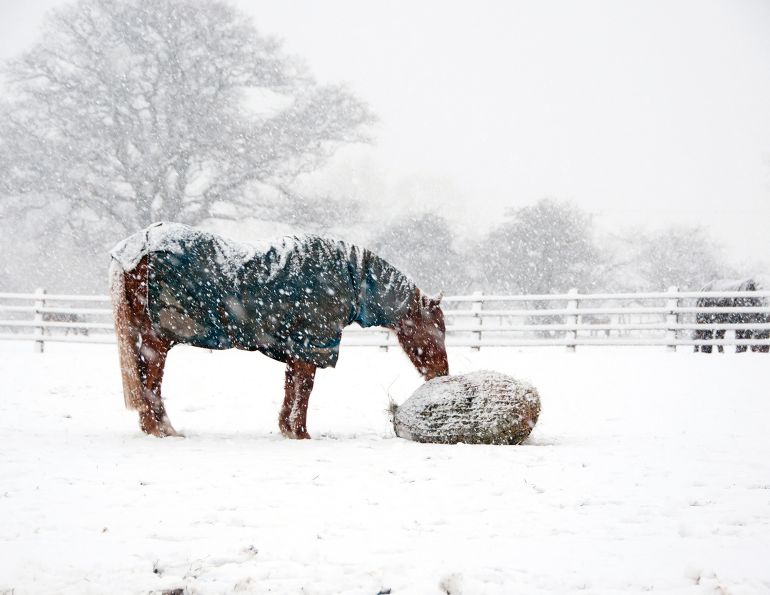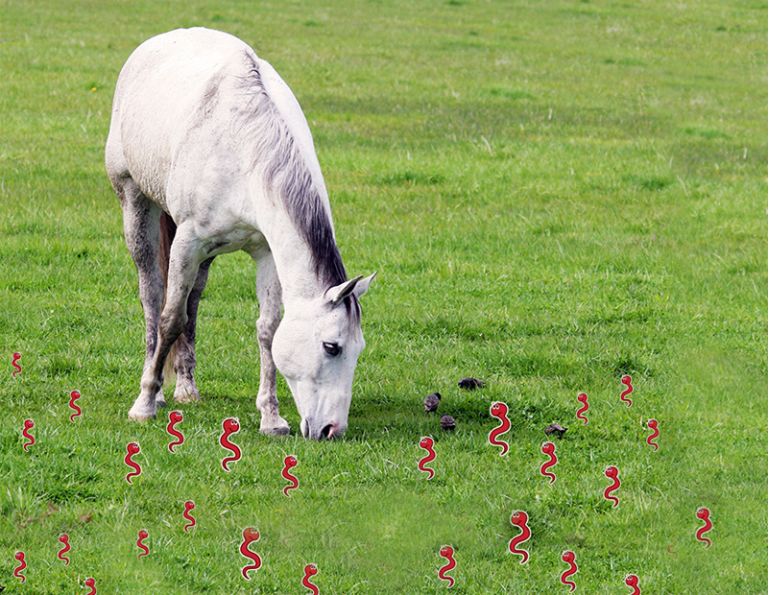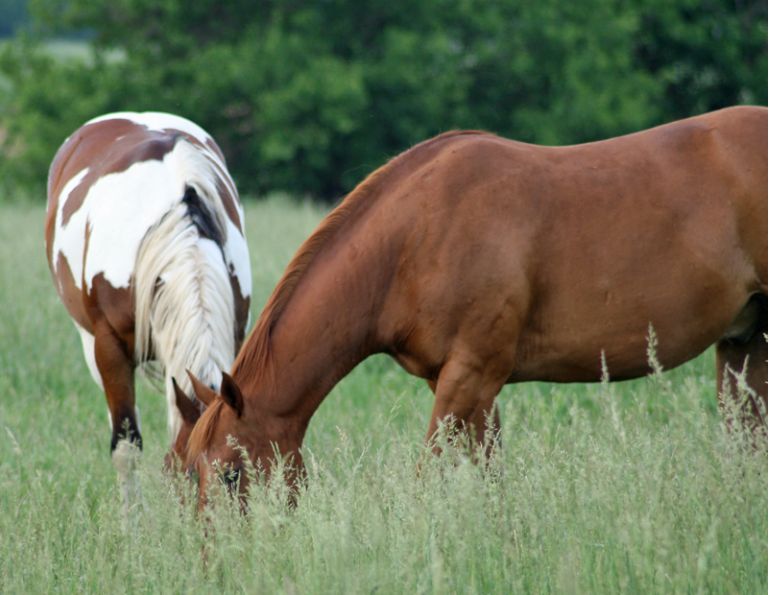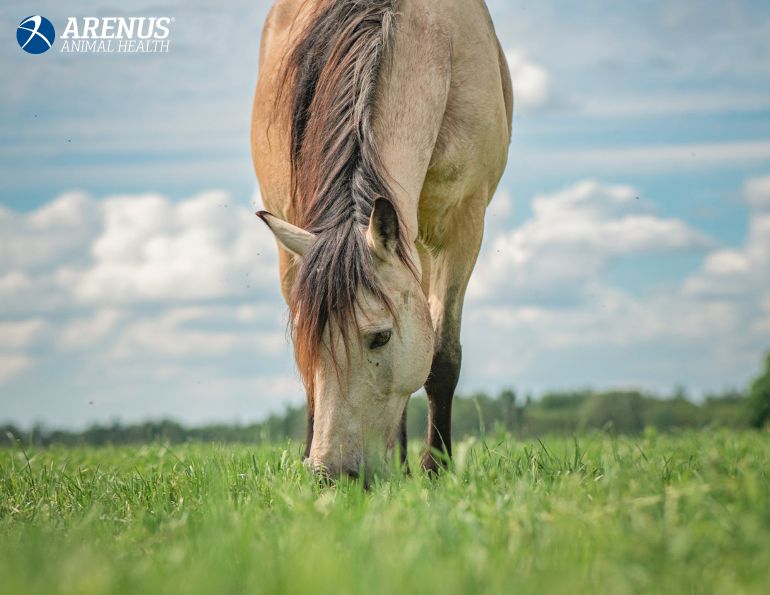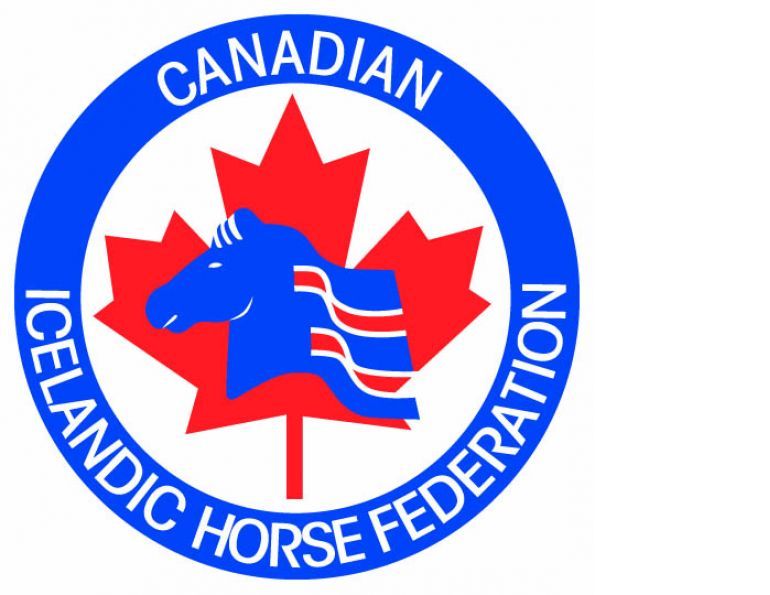By Equine Guelph
Hay is the bulk of the horse’s diet. Recognizing and purchasing good quality hay that’s of high nutritive value is of the utmost importance to horse owners. Test your knowledge of hay with the following quiz.
1. Horses are more susceptible to mould and certain weeds than ruminants.
True. When purchasing hay it is important that the supplier knows it is intended for horses, and the horse owner should be knowledgeable enough to identify good quality hay visually and by its odour and texture.
2. Salting hay is a good way to preserve it.
False. To be effective for preserving wet or green hay the level of application required would make the hay unpalatable.
3. Propionic, acetic, and formic acids should not be used on hay for horses.
False. Preservatives containing propionic and acetic acid are produced naturally in the hindgut of the horse as the microbial population digest fibrous feed. These organic acids are potent mould inhibitors and are particularly useful at drying hay during a wet season. Do not store treated hay beside dry hay or it will absorb moisture from the treated hay and create mould.
Related: How to Interpret Your Hay Test
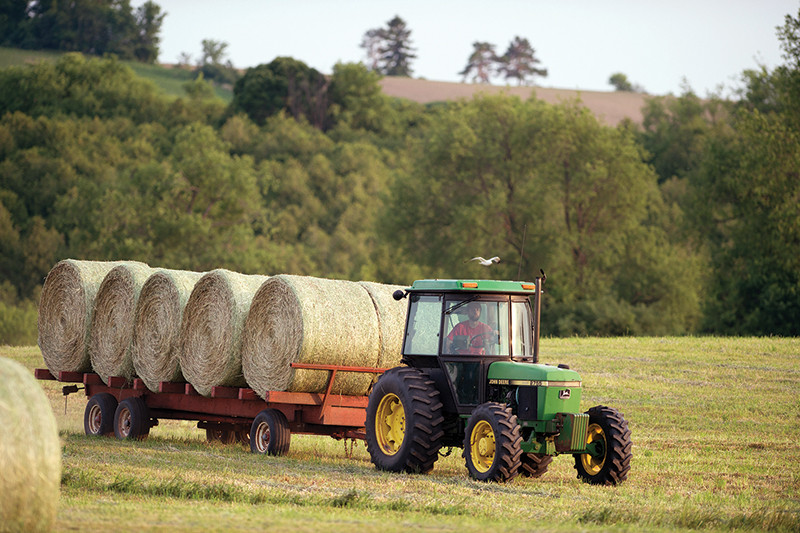
Round bales used for horse forage should be stored under cover and never be left outside in rain or snow. Photo: Clix Photography
4. Chances are if you baled your hay too wet (over 15 percent moisture) there is a risk of prolonged heating. Resulting problems include:
- Moisture levels above 20 percent allow the respiration process to continue and mould to develop, and palatability will decrease;
- Digestibility of protein, fibre, and carbohydrates is reduced;
- When hay heats beyond 38 degrees C (100 degrees F), browning or carmelization occurs. Brown hay can still be very palatable because of the carmelization of sugars, but nutritional value is reduced;
- At a certain point of overheating, spontaneous combustion causing fire is a concern.
True (all of the above).
5. Leaf shatter dust can occur during the baling process if extremely leafy hay is also very dry.
True.
6. There is no difference in mycotoxin levels in round bales and small square bales.
False. Mycotoxins are toxic substances produced by moulds. Large, round bales that have sat out in rain or snow or are not stored under cover, should be avoided as horses will inhale the mycotoxins when they shove their noses into the bales to eat.
7. Round bales do not need to be stored under cover.
False. During periods of rain and snow, if there are not enough horses feeding at the round bale to consume it within a week, increased mould will likely develop and the hay will be wasted.
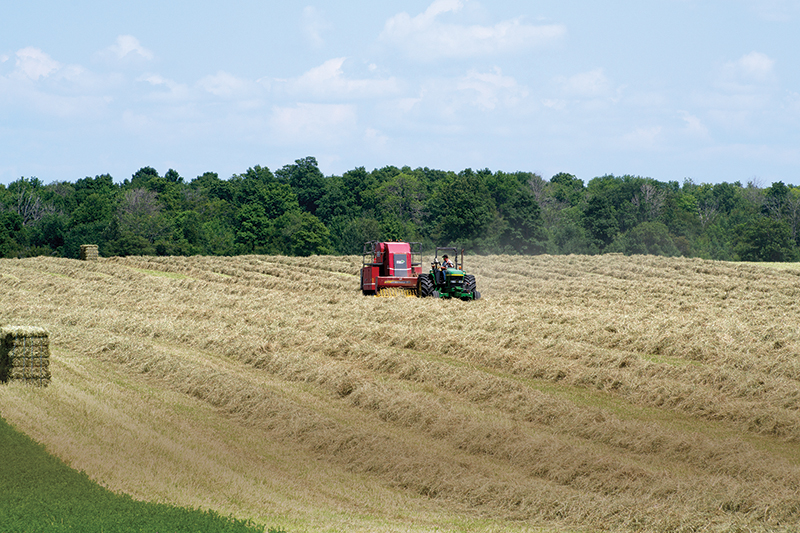
As the nutrient value of hay varies with the type of forage and the stage of maturity when it was cut, hay testing helps horse owners choose the needed feed balancers to meet the horse’s nutritional requirements. Photo: iStock/SimplyCreativePhotography
8. Horses don’t have a preference between dry, steamed, and soaked hay.
False. The results from an Equine Guelph study of soaked, steamed, and dry Canadian hay show that steaming comes out on top.
9. Hay testing is an important step for correctly balancing a horse’s diet.
True. Nutrients will vary with the type of forage (grass or legume) and its level of maturity (when it was cut). Knowledge of this will allow you to make informed decisions when choosing feed and/or balancers to make up the difference between what your horse is getting from its forage and what it needs to meet its nutrient requirements.
10. When feeding grass hay, your first limiting amino acid is likely to be:
- Threonine
- Lysine
- Tryptophan
True: Lysine. If feeding a grass hay, your first limiting amino acid is going to be lysine. For alfalfa, the first limiting amino acid could be threonine or tryptophan. Knowing the type of forage you are feeding is key to knowing which supplements you need to choose to complement your horse’s diet.
Related: Barn Safety Tips: Plan Ahead to Improve Your Chances of a Positive Outcome
Related: Hay, Haylage and Silage: What's the Difference?
Published with the kind permission of Equine Guelph.
Main Photo: Clix Photography




